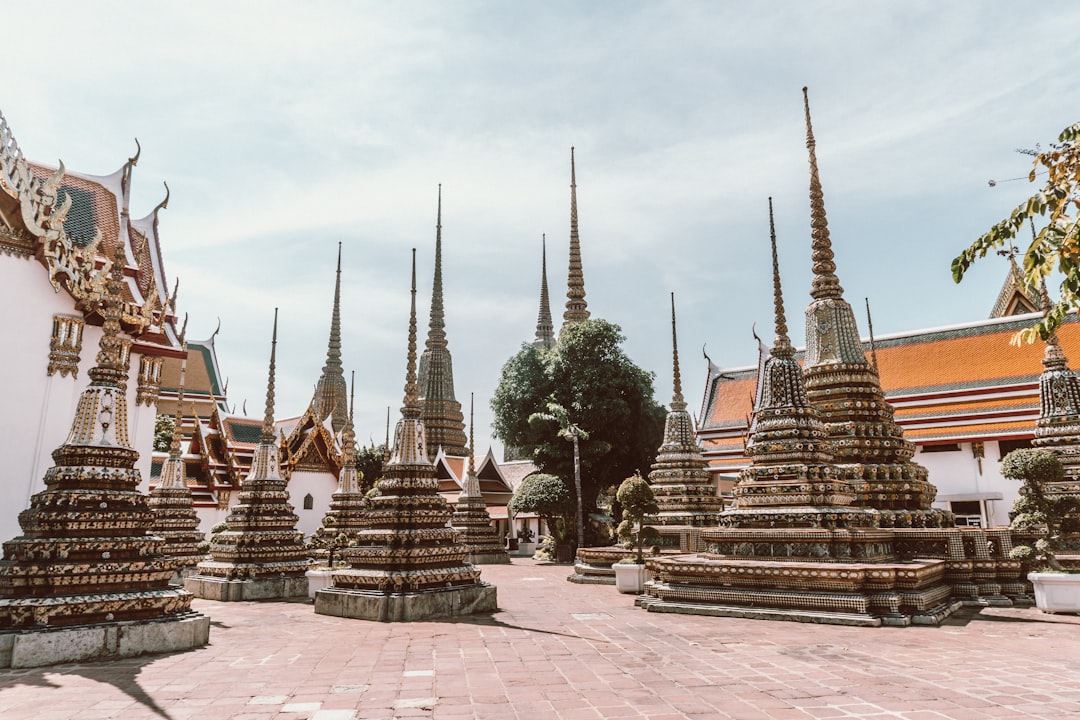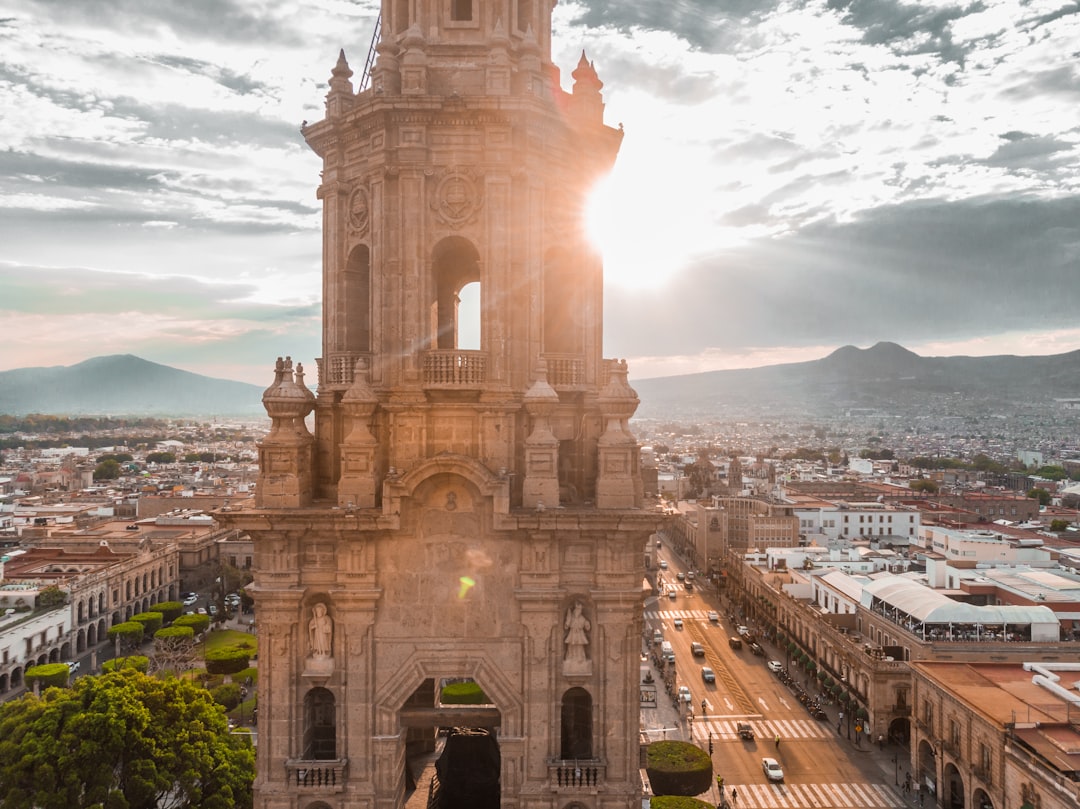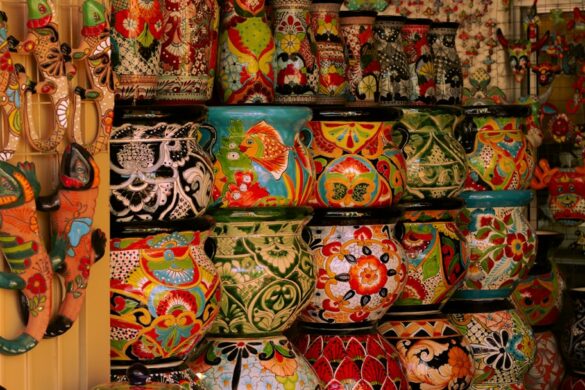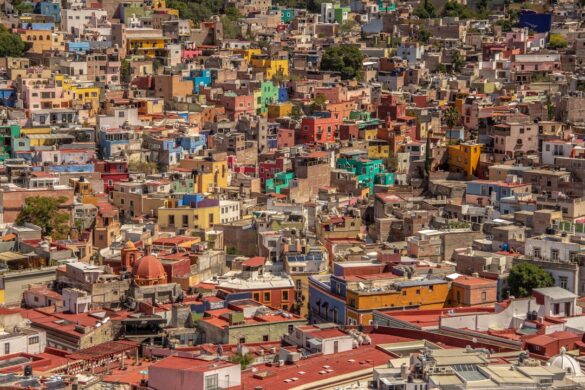The Vibrant History of Mexico: A Journey Through Time
Embark on an unforgettable journey as we explore the vibrant history of Mexico. This land is not only rich in beauty and landscapes but also in stories that span thousands of years. With every corner, from the bustling streets of Mexico City to the serene beaches of the Yucatan Peninsula, there lies a historical significance that invites travelers to delve deeper into its past and present.
1. A Glimpse into Mexico’s Ancient Civilizations
Mexico’s history is painted with the strokes of ancient civilizations. The Olmecs, often regarded as the mother culture of Mexico, lay the groundwork for future societies with their monumental heads and vibrant art. These colossal stone sculptures are not merely artistic expressions but also reflect the social and religious aspects of Olmec civilization.
Followed by the Maya, who amazed the world with their sophisticated writing system and astronomical knowledge, their cities like Tikal and Chichen Itza offer profound insights into their advanced society. The Maya were known for their innovations in mathematics and calendar systems that are still respected today.
Then came the Aztecs, whose grand empire dominated central Mexico before the Spanish Conquest. The Aztecs transformed Mexico into a powerful empire, building cities like Tenochtitlan, a marvel of architecture that was once one of the largest cities in the world. Their intricate society revolved around agriculture, religion, and a complex social hierarchy, setting the stage for the vibrant culture we see today.
2. The Spanish Conquest and Its Lasting Impact
The arrival of Hernán Cortés in 1519 marked a significant turning point in Mexican history. The conquest was brutal, leading to the downfall of the Aztec Empire and the introduction of European culture, language, and religion that profoundly transformed the nation. This period was characterized by immense change and upheaval, with the indigenous population facing significant challenges in the wake of colonization.
As the Spanish established control, they intertwined their customs with indigenous traditions, leading to a unique cultural mélange that is still evident today. This blending of cultures gave rise to various art forms, culinary traditions, and religious practices that define modern Mexican identity.
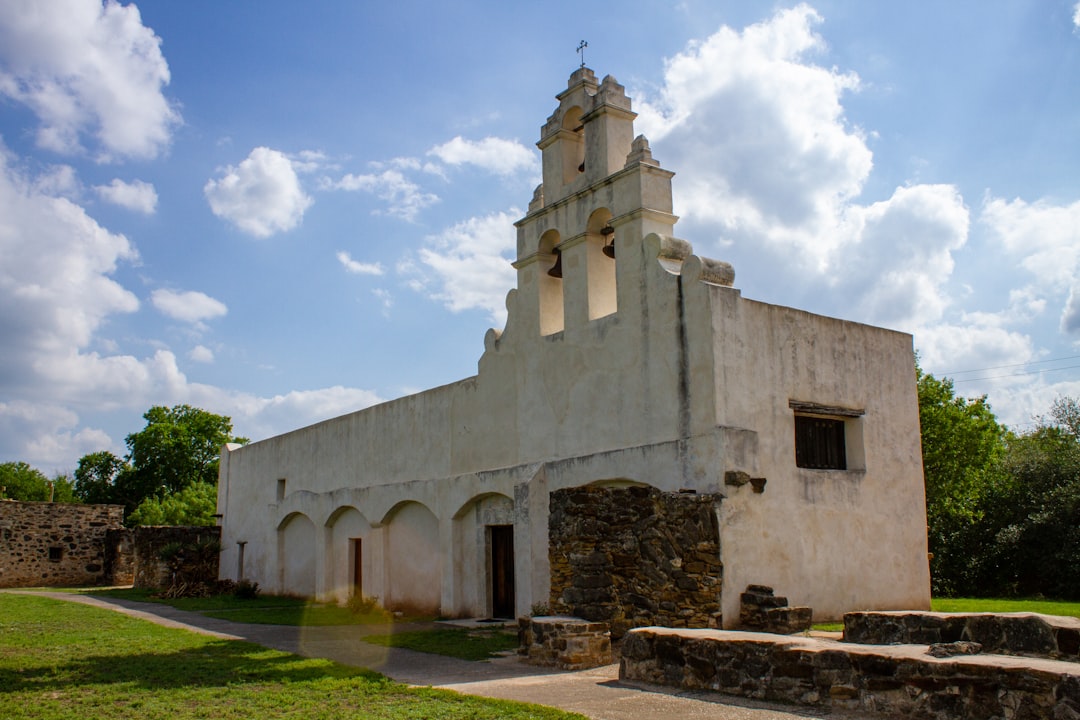
The Spanish conquest shaped the cultural landscape of modern Mexico, blending European elements with indigenous practices to forge a unique national identity.
3. The Struggle for Independence
Fast forward to the early 19th century when the cry for independence erupted. Miguel Hidalgo, a priest, rallied the people in 1810, leading to a struggle that lasted over a decade. The culmination of this effort in 1821 granted Mexico its independence from Spanish rule, a moment marked by the bravery and sacrifice of countless individuals who sought freedom and justice.
Today, the celebration of Grito de Dolores, marked every September 16, commemorates this monumental event, showcasing Mexico’s resilience and patriotic spirit. This day symbolizes the country’s commitment to its sovereignty and the continuing legacy of those who fought for it.
4. The Mexican Revolution: A Quest for Social Justice
The early 20th century saw another significant transformation during the Mexican Revolution (1910–1920). This movement aimed to address inequalities and foster social justice among the populace. Iconic figures like Emiliano Zapata and Pancho Villa emerged as leaders in the fight against corrupt regimes, rallying the masses to seek reforms that would benefit the disenfranchised and landless peasants.
Today, murals across the country tell the stories of this revolution, making the nation’s history accessible through art and enriching Mexico’s cultural fabric. These murals not only serve as historical accounts but also as continuous reminders of the struggle and resilience inherent in the Mexican character.
The Mexican Revolution was not just a fight against tyranny but a quest for a more just and equitable society.
5. Mexico Today: A Fusion of Old and New
In contemporary times, Mexico successfully marries its historical roots with modern advancements. Today, visitors can explore ancient ruins, indulge in exquisite culinary creations, and partake in vibrant festivals, all while learning about this rich history that forms the backbone of Mexican identity.
For those looking to delve deeper, you can plan your visits to historical sites through Viator for exclusive tours that offer insights into Mexico’s unparalleled heritage. By visiting these sites, you engage with the stories behind them, enriching your understanding of the nation.
Conclusion
As we conclude this engaging exploration of Mexico’s history, it is evident that its past is a rich tapestry of diverse cultures and stories that continue to influence the present. From ancient civilizations to modern-day celebrations, Mexico invites travelers to witness its journey through time.
Plan your adventure and experience these historical wonders firsthand! For guided tours filled with passion and expertise, consider checking out GetYourGuide.
To sum up, Mexico’s vibrant historical landscape is a testament to resilience and cultural depth, making it one of the most captivating destinations for travelers around the world. There’s always more to explore, so pack your bags and take part in this beautiful journey!
Learn more about our astonishing world by exploring other related articles such as Enchanting Puerto Vallarta which dives into one of Mexico’s cherished cities. With its rich history, delicious cuisine, and natural beauty, Puerto Vallarta promises an enchanting experience for every traveler.


